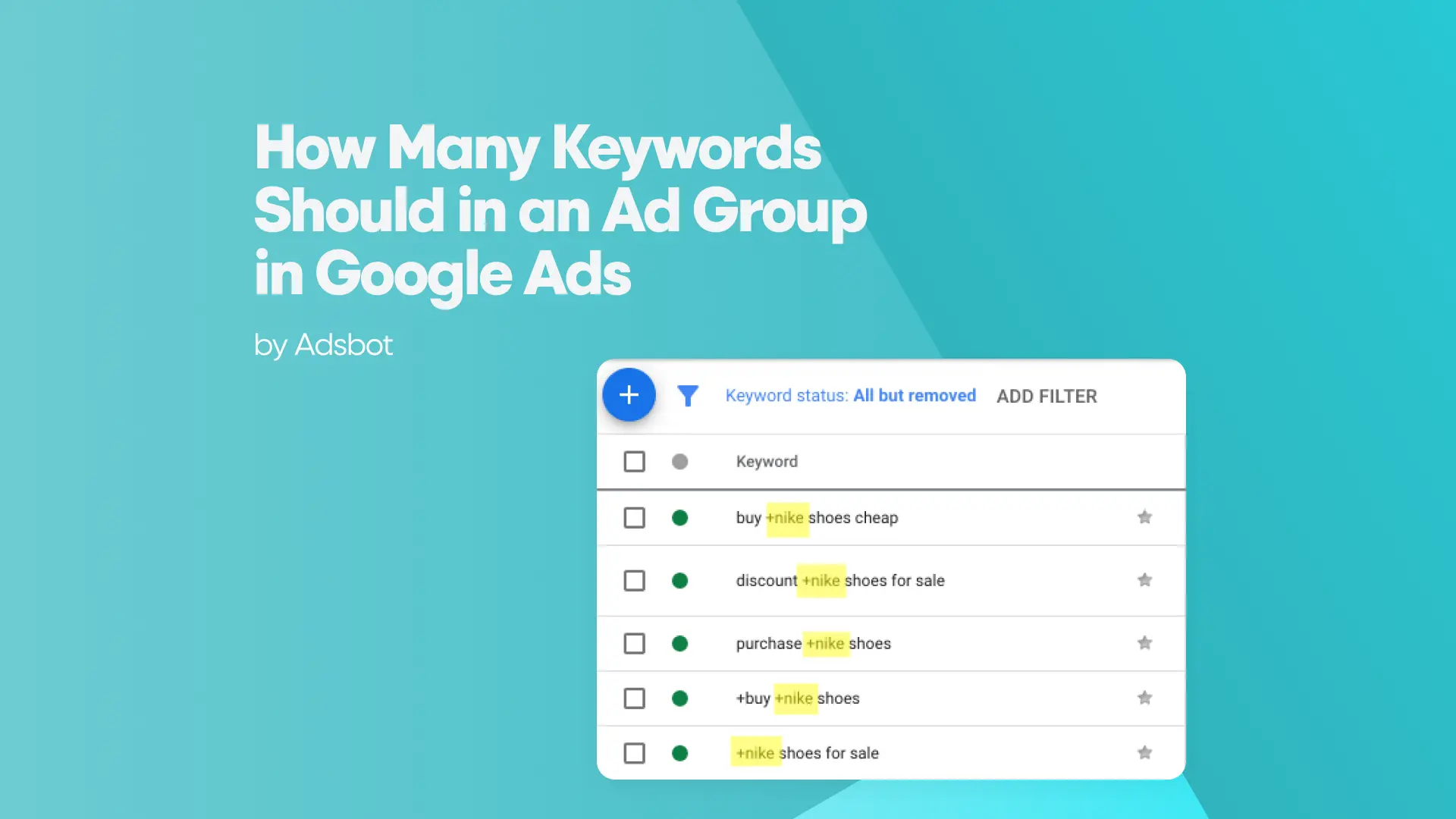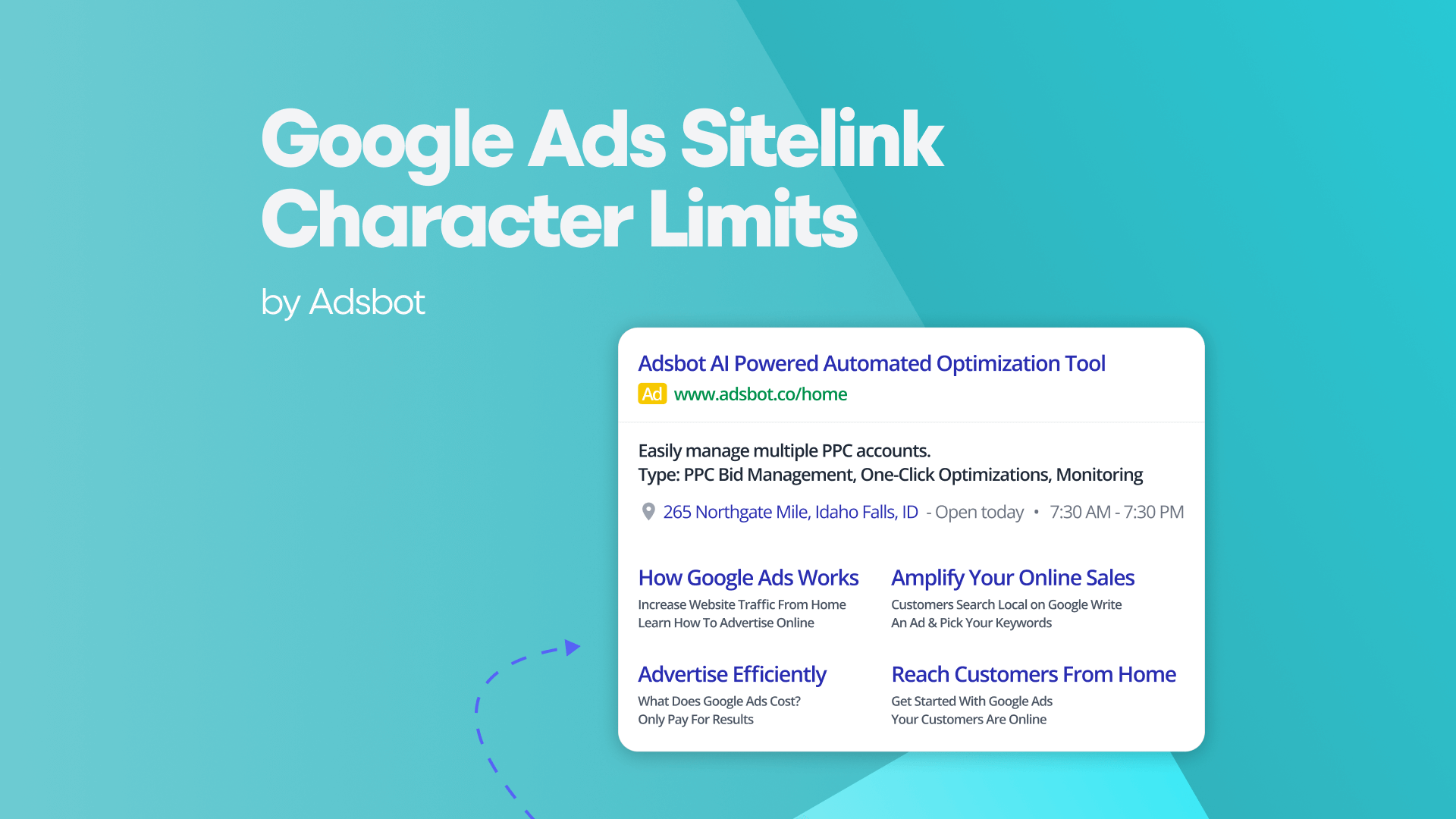In the realm of digital marketing, maximizing visibility and engagement is key to success, especially in paid advertising. One effective feature that can significantly enhance your Google Ads performance is Google Ads sitelinks. This guide will explore what sitelinks are, provide examples, outline best practices, and walk you through how to add sitelinks in your campaigns.
What Are Sitelinks in Google Ads?
Sitelinks in Google Ads are additional links that appear below your main ad copy in search results. They direct users to specific pages on your website, providing them with more options to choose from without requiring them to click through your main landing page first. By displaying multiple links, sitelinks help improve the ad’s visibility and can lead to higher click-through rates (CTR) as users are presented with tailored choices that match their search intent. Additionally, analyzing assisted conversions can provide insights into how sitelinks contribute to the overall conversion process, helping you refine your advertising strategy.
Google sitelinks enhance the user experience by offering quick access to various sections of your website. They allow advertisers to highlight key areas of their site that might interest users, such as product categories, specific services, or important pages. By including sitelinks, you provide potential customers with more context and options, increasing the likelihood that they will click on your ad. Additionally, utilizing Google Ads Customer Match can help you tailor your sitelinks to specific audience segments, ensuring that the links resonate with users based on their previous interactions with your brand.
Benefits of Using Sitelinks in Google Ads
Implementing sitelinks in Google Ads comes with numerous benefits:
- Increased Visibility: Sitelinks take up more space on the search results page, making your ad more prominent compared to competitors without sitelinks.
- Higher Click-Through Rates: By providing users with direct links to relevant content, you increase the chances of engagement and conversion.
- Improved Quality Score: Google favors ads that provide a better user experience. By using sitelinks, you can enhance the quality of your ads, potentially lowering your cost-per-click (CPC).
- Enhanced User Experience: Sitelinks allow users to find what they’re looking for more efficiently, making their journey smoother.
- Showcase Offers and Promotions: If you have special offers or promotions, sitelinks can direct users to those pages, enhancing your marketing efforts.
Google Ads Sitelinks Examples
An online clothing store may have sitelinks directing users to different product categories, such as “Men’s Clothing,” “Women’s Clothing,” “Sale,” and “New Arrivals.” This allows users to navigate directly to their interests. Here are a few more powerful Google Ads sitelinks examples that can be effectively utilized:
- Service-Based Business: A digital marketing agency might use sitelinks for services like “SEO Services,” “Content Marketing,” “Social Media Management,” and “Case Studies,” providing potential clients with specific areas of interest.
- Travel Agency: A travel agency can use sitelinks to showcase popular destinations, package deals, last-minute offers, and travel tips, making it easier for users to explore their options.
- Education Provider: An online education platform could use sitelinks to promote courses, testimonials, instructor profiles, and pricing information.
- Contact Us: This is a simple example, particularly useful if your business is service-based or if people might have questions about your products. A suggested description is “you can get in touch with us by phone, email, or live chat”, which can span two lines. The final URL for this sitelink would go directly to your contact page. The description can emphasize the ease of contact with different options to encourage clicks.
- Lead Magnets: If you have something you give away for free in exchange for joining an email list or similar, you can use this as a sitelink. An example is “free ad template”. A description like “copy and paste and proven ads from our free template” can be used. Descriptions for lead magnet sitelinks can highlight the ease and proven nature of the offering. This type of sitelink can be a great way to generate more clicks.
- Highlighting Work, Testimonials, and Success Stories: You can use sitelinks to direct people to pages showcasing your previous work or credibility. Examples include: Our portfolio, Testimonials, Success Stories.
- Case studies: A description for “Our portfolio” could be “take a look at the exceptional projects we have completed”. This type of sitelink is important for certain businesses, as prospects often want to see past work before hiring. Descriptions for these sitelinks can emphasize the quality or nature of the work, such as “exceptional projects”.
- Call to Action Related Sitelinks: These sitelinks include action words to encourage clicks. Examples include: “buy leather shoes”, “shop green bags”. Including words like “buy” or “shop” can make a difference and is worth testing. This is referred to as a call-to-action style cycling extension.
Lastly, sitelinks can send people directly to pages featuring sales, promotions, or offers. Examples include: “Christmas sale”, “25 off”, “Buy one, get one free”. Including these types of offers in sitelinks can lead to high click-through rates.
How to Check Sitelinks
Adsbot can help you track your sitelinks for each campaign and ad group. Here’s how to do it step-by-step:
- Sign in to Adsbot: Access your Adsbot account.
- Go to “Sitelink Checker” Rule: Simply go to the sitelink checker to see if any campaign and ad group has less than 4 sitelinks:
- Check the report: Click “see report” to see which campaign and ad group has fewer than 4 sitelinks.
How to Add Sitelinks in Google Ads
Adding sitelinks to your Google Ads is straightforward and can be done through the Google Ads interface. Here’s how to do it step-by-step:
- Sign in to Google Ads: Access your Google Ads account.
- Select Campaign or Ad Group: Choose the campaign or ad group where you want to add sitelinks. You can add sitelinks at both levels, but it’s often more effective at the campaign level.
- Navigate to Ads & Extensions: Click on the “Ads & extensions” tab in the left menu.
- Select Extensions: Click on the “Extensions” section, where you can manage different types of ad extensions.
- Add Sitelink Extension: Click the plus (+) button, then choose “Sitelink extension.”
- Enter Sitelink Details: Fill in the necessary details for each sitelink:
- Link Text: This is the text that appears as the clickable link.
- Final URL: The URL where the link directs users.
- Description (optional): You can add a brief description to provide more context about the link.
- Save Changes: After entering all the necessary information, click “Save” to apply your sitelinks to the selected campaign or ad group.
Best Practices for Google Ads Sitelinks
To get the most out of your Google Ads sitelinks, consider these best practices:
- Keep It Relevant: Ensure that your sitelinks are directly related to your ad copy and provide valuable options for users. Irrelevant sitelinks can confuse users and lead to lower engagement.
- Use Clear and Descriptive Text: The link text should clearly indicate what users can expect when they click. Avoid generic terms; instead, use specific and engaging language.
- Prioritize High-Performing Pages: Direct users to the pages that are likely to convert, such as product pages or service offerings.
- Regularly Update Sitelinks: Keep your sitelinks current by reviewing and refreshing them regularly. Remove underperforming links and add new ones that align with your current promotions or content.
- Monitor Performance: Use Google Ads reporting tools to track the performance of your sitelinks. Analyze metrics such as clicks, impressions, and CTR to identify what’s working and what isn’t.
- Utilize Descriptions Wisely: While optional, adding descriptions can provide users with additional context. Use this space to highlight unique selling points or special offers.
- Limit the Number of Sitelinks: Aim for 4 to 6 sitelinks to prevent clutter. Too many options can overwhelm users and dilute the effectiveness of your message.
- Consider Seasonal Offers: If your business has seasonal promotions or events, consider creating sitelinks specifically for those occasions to attract attention and drive traffic.
Google Ads Sitelinks vs. Other Ad Extensions
While sitelinks are a popular ad extension, Google Ads offers various other extensions that can complement your campaigns. These include:
- Call Extensions: Allow users to call your business directly from the ad.
- Location Extensions: Show your business address and help users find your physical location.
- Review Extensions: Display positive reviews or ratings to build credibility.
- Price Extensions: Show prices for your products or services directly in your ad.
Using a combination of these extensions, along with sitelinks, can further enhance your ad’s visibility and effectiveness.
Conclusion
Incorporating Google Ads sitelinks into your campaigns is a powerful strategy for enhancing visibility, improving click-through rates, and providing potential customers with direct access to relevant content on your website. Additionally, combining sitelinks with display ads can further boost your campaign’s reach and engagement. By understanding what sitelinks are, reviewing examples, and implementing best practices, you can maximize the effectiveness of your Google Ads campaigns. As you optimize your sitelinks, remember to monitor performance and adjust your strategies accordingly to ensure ongoing success in the dynamic landscape of online advertising.
Popular Posts
-
How Many Keywords Should Be In an Ad Group in Google Ads?
Ever wondered if your Google Ads campaigns are packed with…
Read more -
Google Ads Script for Dummies: An Introduction
Imagine you have an e-commerce website that sells licensed superhero…
Read more -
Google Ads Sitelink Character Limits
Your Google Ads are cutting off in the middle of…
Read more -
What Is Conversion Value in Google Ads?
What if you could put a price tag on every…
Read more
Register for our Free 14-day Trial now!
No credit card required, cancel anytime.






